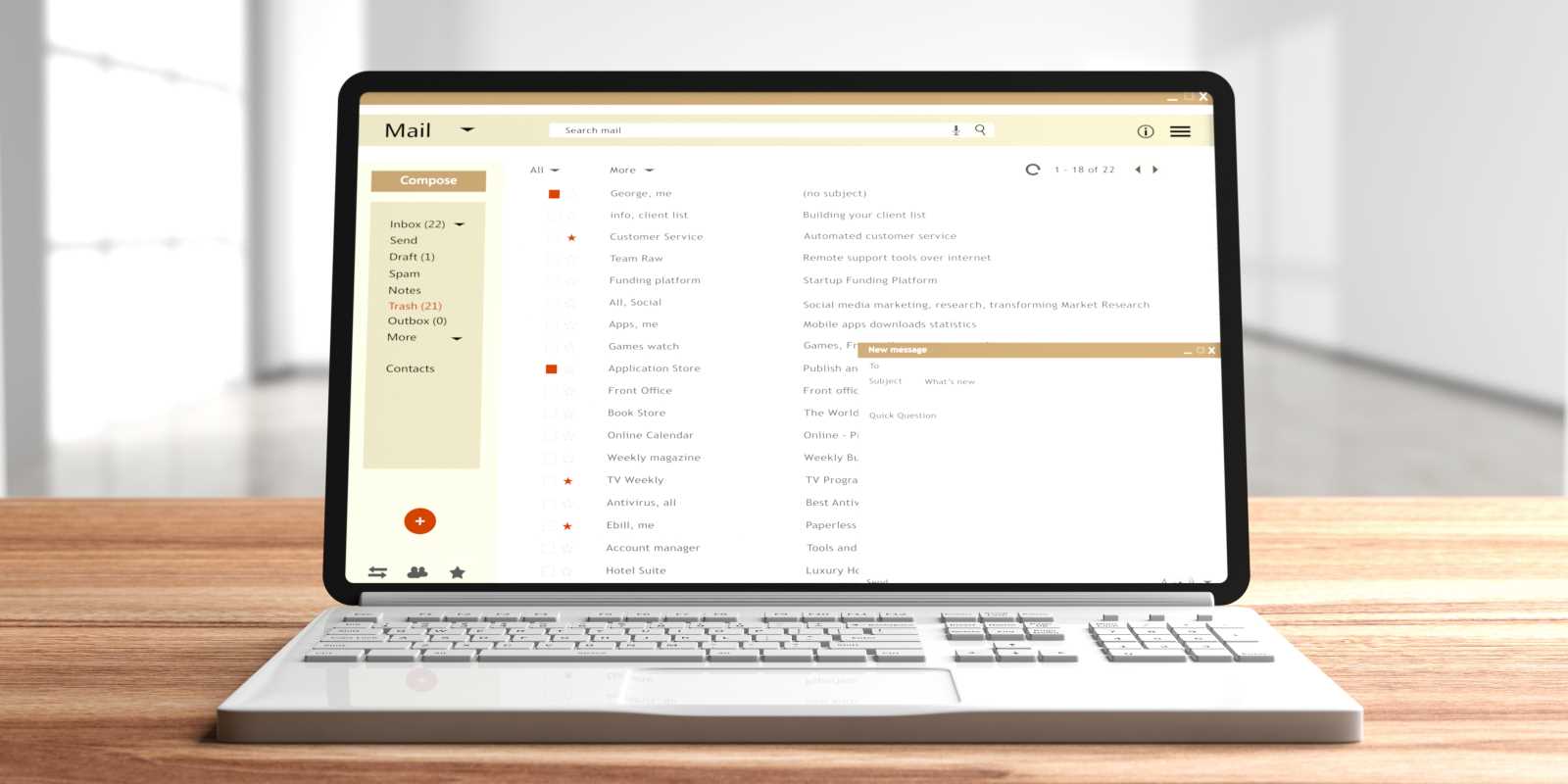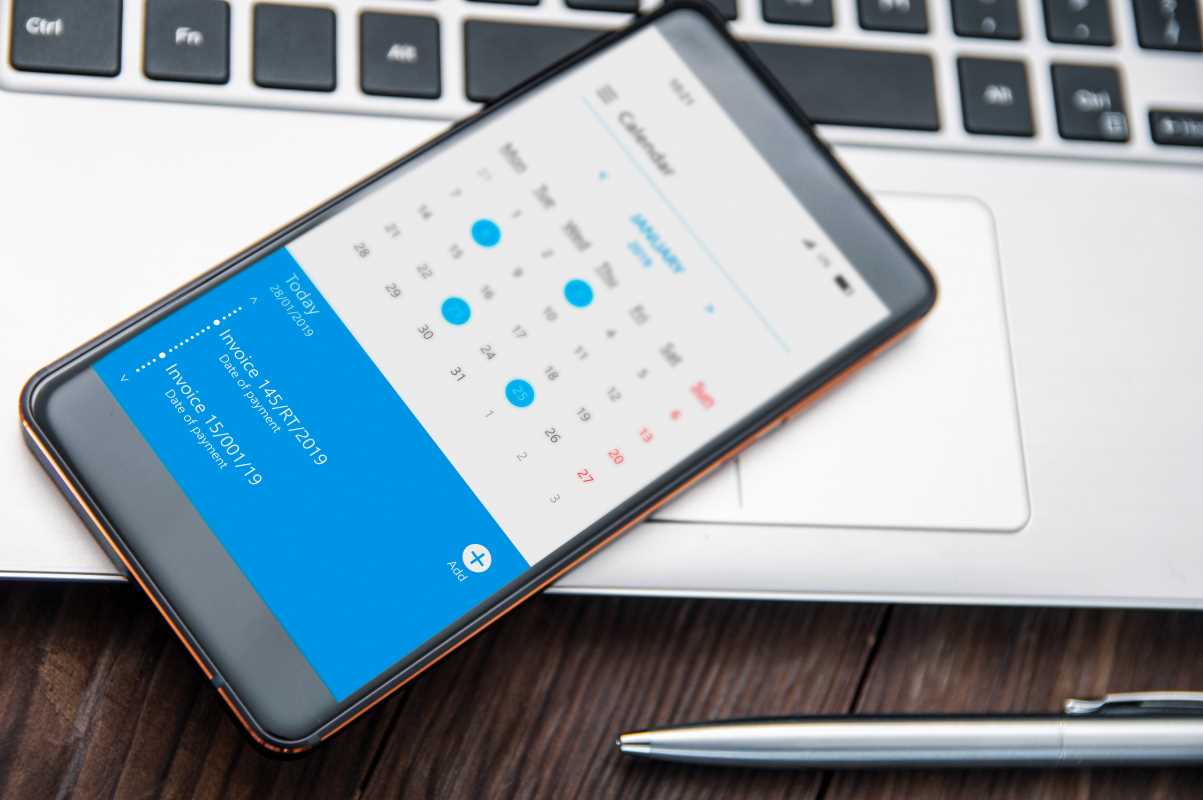The way you begin your day can create a ripple effect, influencing your mood, productivity, and overall sense of well-being for hours to come. A powerful morning routine is your personal launchpad for success, giving you a structured, positive start that grounds you before the world’s demands rush in. Many people try to build a routine only to see it fall apart within weeks. The secret to making it stick is not about adding more tasks, but about being more intentional. You can design a morning ritual that you genuinely look forward to, one that energizes your mind and body. This guide will help you build a sustainable routine that actually sticks.
The Science of a Powerful Morning
Our brains thrive on routine. When we perform a consistent sequence of actions, we create neural pathways that make these behaviors automatic over time. This reduces the amount of brainpower, or cognitive load, needed to make decisions. Instead of waking up and immediately deciding what to do next, a routine lets your brain run on a sort of autopilot, preserving your precious mental energy for more complex challenges later in the day.
Completing the small, intentional tasks in your morning routine also provides a series of small wins. Each completed action, like making your bed or spending five minutes meditating, triggers a small release of dopamine. This is the brain’s reward chemical, which creates a feeling of accomplishment and motivation. This positive feedback loop makes you want to repeat the behavior, reinforcing the habit and making your routine feel less like a chore and more like a source of daily achievement.
Phase 1: Designing Your Ideal Routine
A routine that sticks is one that is built for you, by you. It must align with your personal goals, your energy levels, and your unique lifestyle. Forget copying the elaborate routines of famous CEOs. Your most effective routine will be the one that feels authentic and supportive.
Identify Your "Why"
First, get clear on what you want to gain from a morning routine. Your motivation is the anchor that will hold your new habits in place.
- What is your goal? Do you want to feel less rushed? Are you aiming for more creativity, better physical health, or a greater sense of peace?
- Write it down. For example, your "why" could be: "To start my day with calm and clarity so I can be more present with my family and focused at work." A clear purpose transforms your routine from a list of tasks into a meaningful ritual.
Choose Your Building Blocks
Now, select a few simple activities that align with your "why." The key here is to start small. Do not try to add ten new habits at once. Choose just two or three activities to begin.
- Mind Activities:
- Meditation or Mindfulness: Spend 5 minutes focusing on your breath. Apps like Calm or Headspace can guide you.
- Journaling: Write down three things you are grateful for or one intention for the day.
- Reading: Read 10 pages of a book that inspires you.
- Body Activities:
- Hydration: Drink a large glass of water right after you wake up.
- Stretching: Do a few simple stretches to wake up your muscles.
- Movement: Go for a short walk, do a 10-minute yoga flow, or have a quick dance party in your kitchen.
- Soul Activities:
- Connect with a loved one: Spend a few minutes having a real conversation, device-free.
- Enjoy a cup of tea or coffee: Sit and mindfully savor your morning beverage without distraction.
- Listen to uplifting music or a podcast.
Phase 2: Making the Routine Stick
Having a great plan is one thing; executing it consistently is another. These strategies are designed to help you overcome common hurdles and turn your desired routine into an automatic habit.
Prepare the Night Before
Set your future self up for success. A little preparation the evening before removes friction and makes it much easier to follow through in the morning.
- Lay out your clothes: Have your workout gear or your work outfit ready to go.
- Prep your space: Set up your yoga mat, place your journal and pen on your nightstand, or get your coffee maker ready.
- Minimize morning decisions: This simple act of preparation makes your routine feel effortless.
Start Incredibly Small
One of the biggest mistakes people make is trying to do too much, too soon. This leads to overwhelm and burnout. Make your new habits so easy that you cannot say no.
- Want to meditate for 20 minutes? Start with just one minute.
- Want to write 500 words? Start with writing just one sentence.
- The goal is not to achieve the full habit on day one. The goal is to simply show up. You can build on the duration and intensity over time. This approach, championed by experts like James Clear, is the key to building consistency.
Stack Your Habits
Habit stacking is a powerful technique where you link a new habit to an existing one. Your brain loves these connections, making the new behavior feel more natural.
- The formula is: After [current habit], I will [new habit].
- Examples:
- After I turn off my alarm, I will drink a glass of water.
- After I drink my glass of water, I will do five minutes of stretching.
- After I brush my teeth, I will write in my journal for two minutes.
- This anchors your new routine to behaviors that are already automatic, giving them a solid foundation.
Phase 3: Perfecting and Protecting Your Ritual
Your routine should be a living system that evolves with you. It is important to review it periodically and protect it from the inevitable disruptions of life.
The "Never Miss Twice" Rule
Life happens. You might get sick, travel, or have a night of poor sleep. You will inevitably miss a day of your routine. That is perfectly okay. The key is to not let one missed day turn into two. The "never miss twice" rule provides a safety net. It gives you grace while ensuring you get back on track immediately. One day off is an exception; two days off is the start of a new, undesirable habit.
Review and Adjust
What works for you today might not work for you in six months. Set a calendar reminder to review your routine every month or so. Ask yourself:
- Is this routine still serving my "why"?
- Do I enjoy these activities?
- Is there anything I want to add, remove, or change?
Your routine should energize you, not drain you. A regular review ensures it remains a source of joy and support.
Building a morning routine that sticks is a beautiful act of self-investment. Start with your purpose, choose a few small activities, and prepare your environment for success. Be patient with yourself, celebrate your consistency, and enjoy the profound sense of calm and control that a great morning ritual provides. You have the power to design a start to your day that will fill you with energy and inspiration.
 (Image via
(Image via





